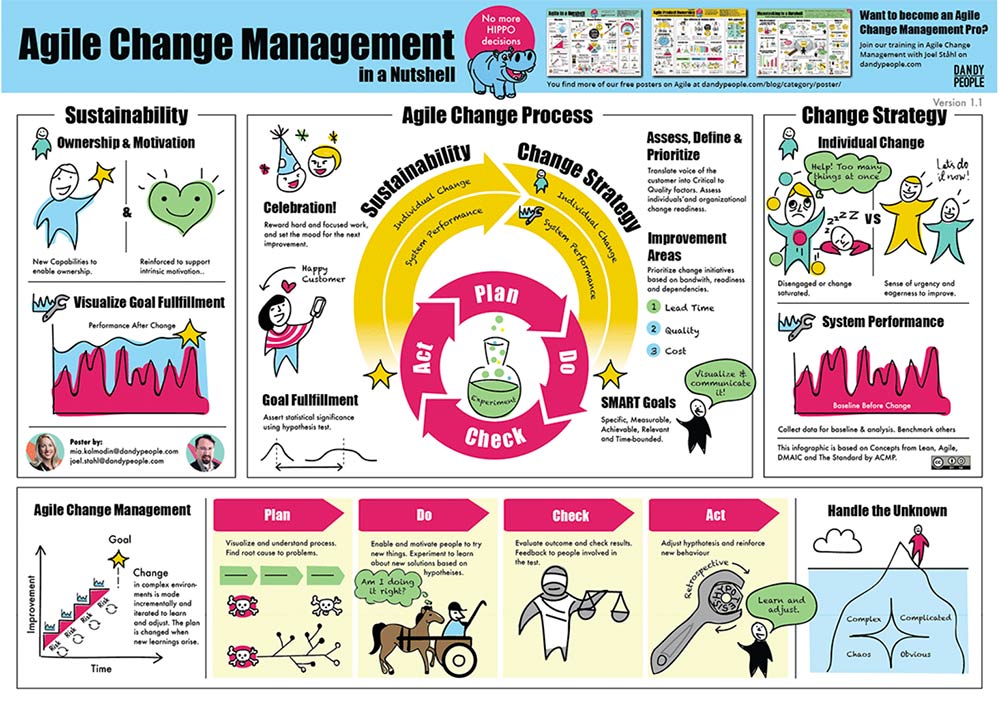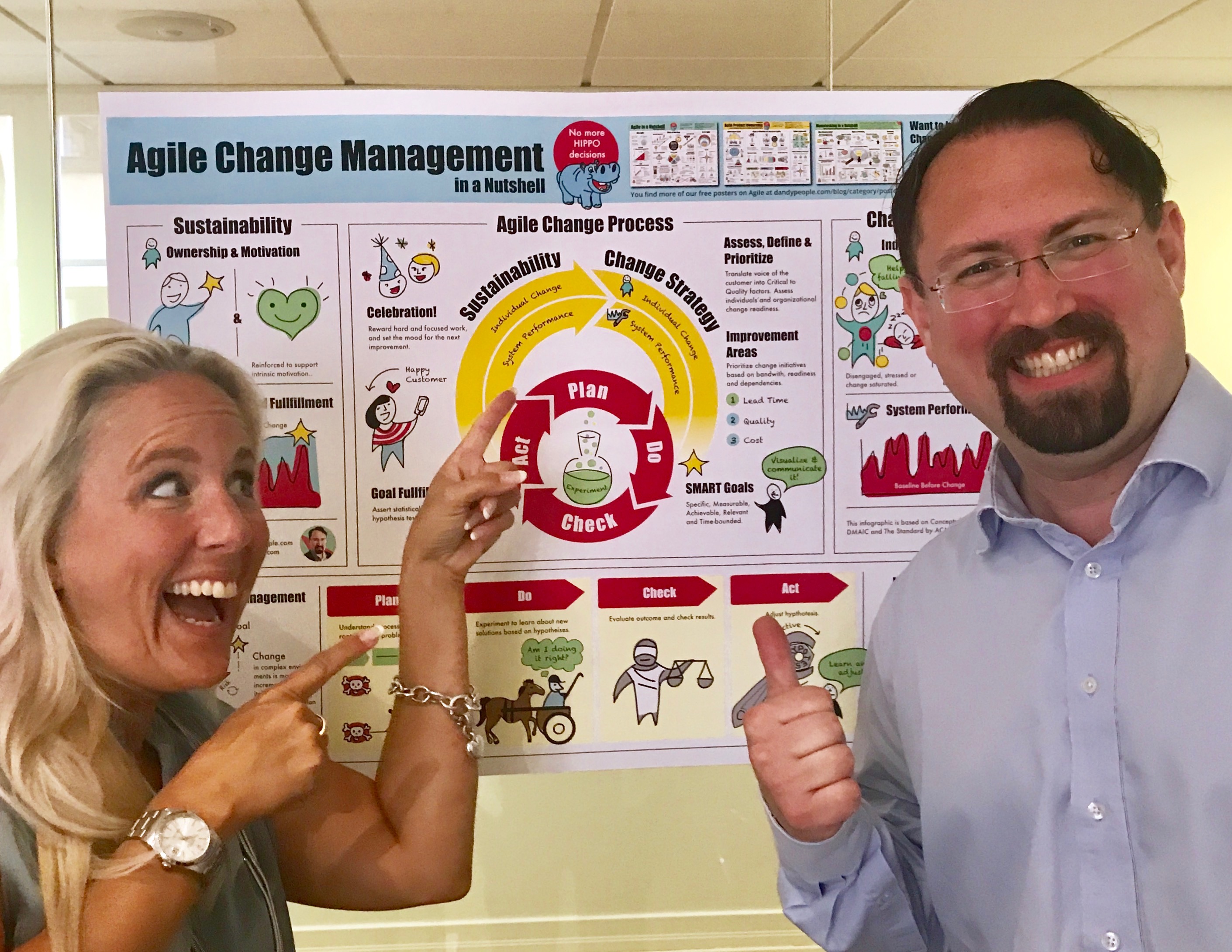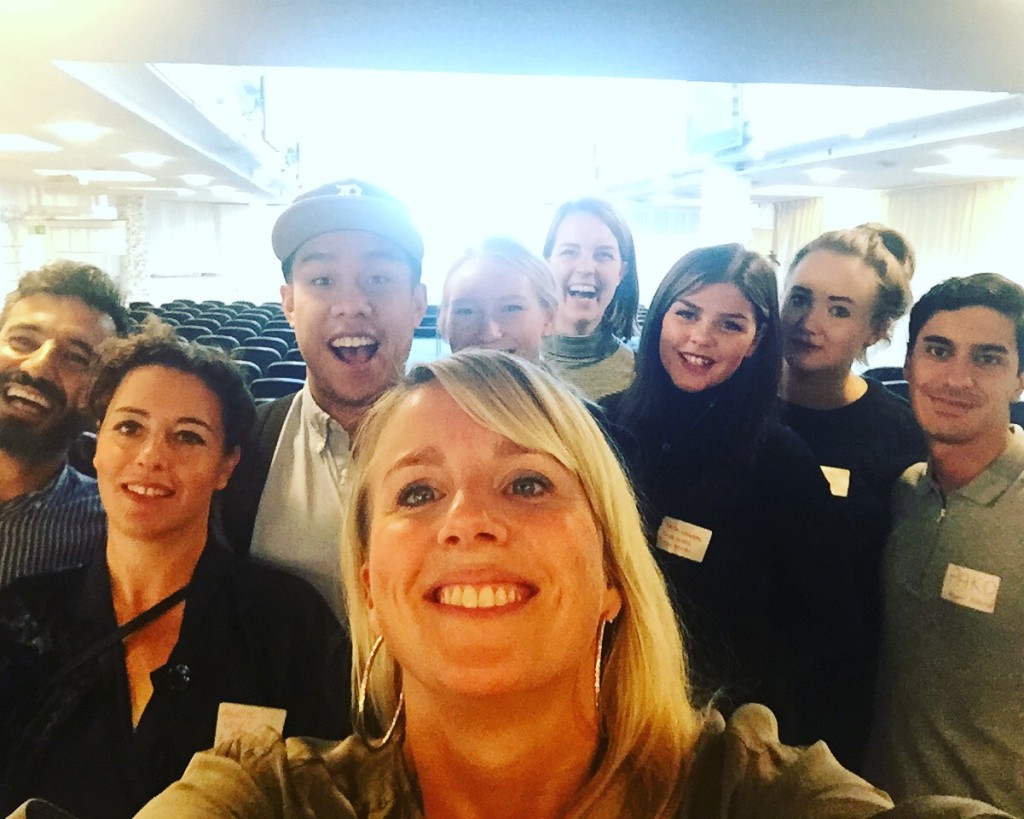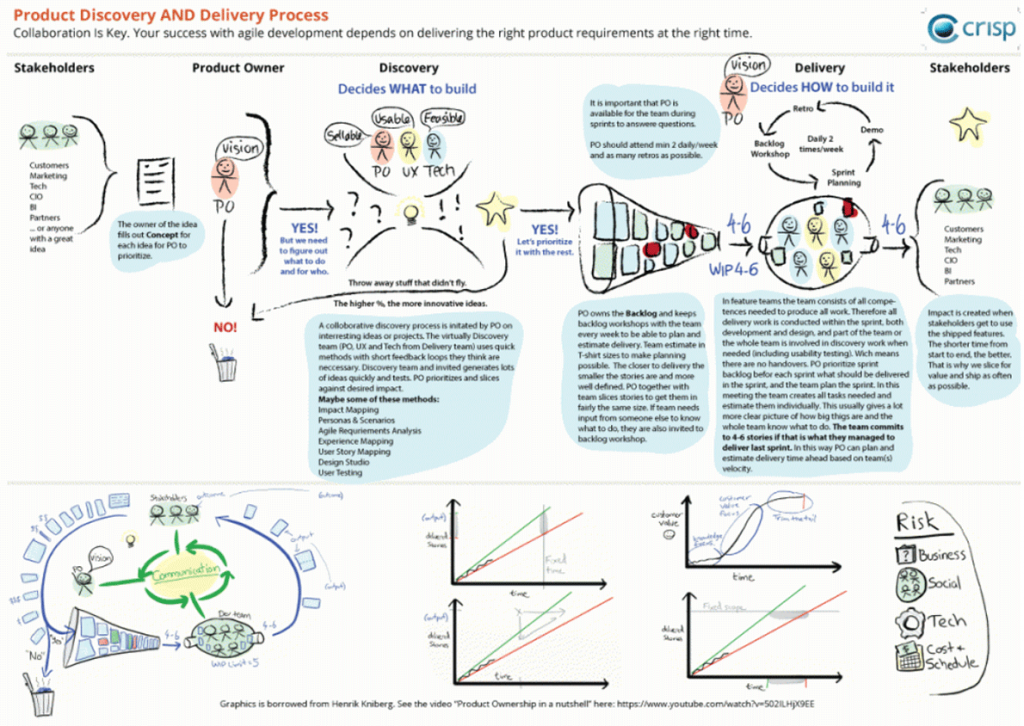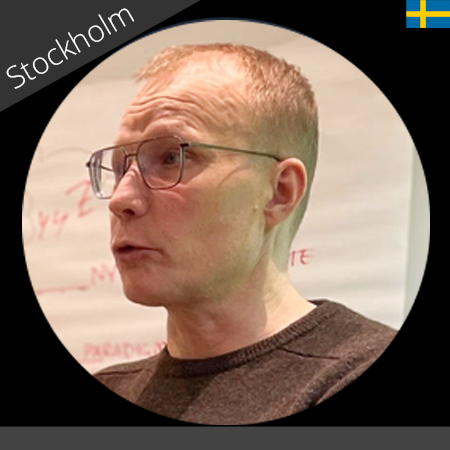Our health is the most important thing we have. Our health is something that we as people, leaders, colleagues, employees and employers should hold as our highest priority. It is not enough to offer a wellness allowance, there must be room for wellness, reflection and recovery during work hours.
My work causes me both stress, anxiety and feelings of not being enough. And how is it right that I need my private time to compensate for that? I believe that my work hours should include everything I need to be able to do my job in the best possible way. For me, this means that I need space between meetings to process what has been said and time to prepare for the next meeting. I need time alone for my thoughts and reflections to be able to work out the best solution to a problem, create a good setup for the next meeting, or think about how to handle a situation.
As a leader, I owe those that follow me to think before I act. I owe them to be prepared for a meeting, to reflect on situations before I make decisions and think trough how I will handle a conflict. I also need space to learn new things, to read about research and new methods of leadership, team and psychological safety. This is important for me to be able to do my job, in the way that I want to do it.
I also need time when the brain can recover and turn off all impressions and thoughts. Where I have the opportunity to connect to my body that carries me through my work day. For me, it is yoga, which I often practice at lunchtime or before I go home. For you it might be a walk in the park, a horse back ride, a run around the nearby lake or to walk your dog. The important thing is that you know exactly what you need to have a sustainable work situation. Regardless, we all need recovery as part of our work day to be able to get through it, and the next day, and the next.

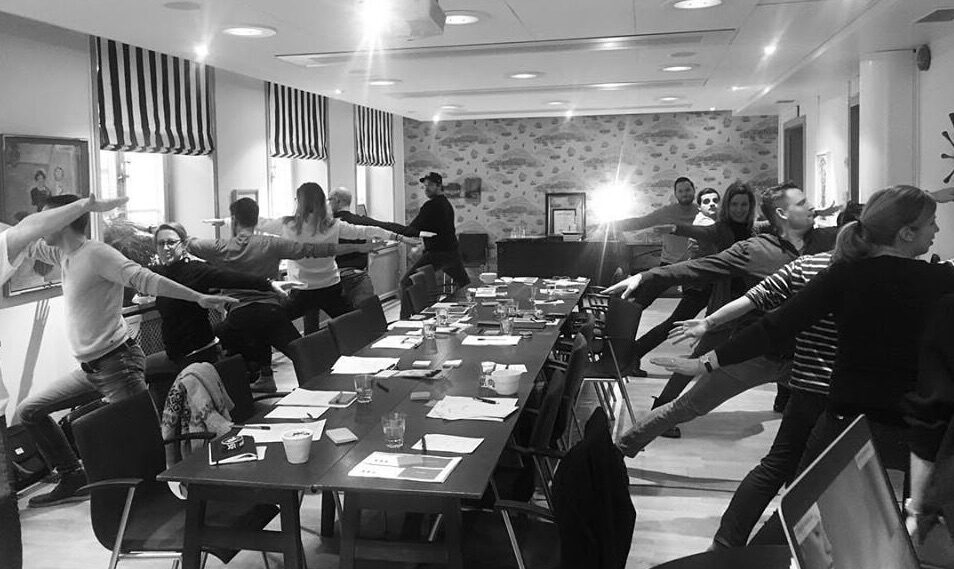
 Det är i den andan jag själv vill se den artikel som Catrin Brodin tillsammans med ett tjugotal av oss som arbetar med förändringsledning har skrivit.
Det är i den andan jag själv vill se den artikel som Catrin Brodin tillsammans med ett tjugotal av oss som arbetar med förändringsledning har skrivit. 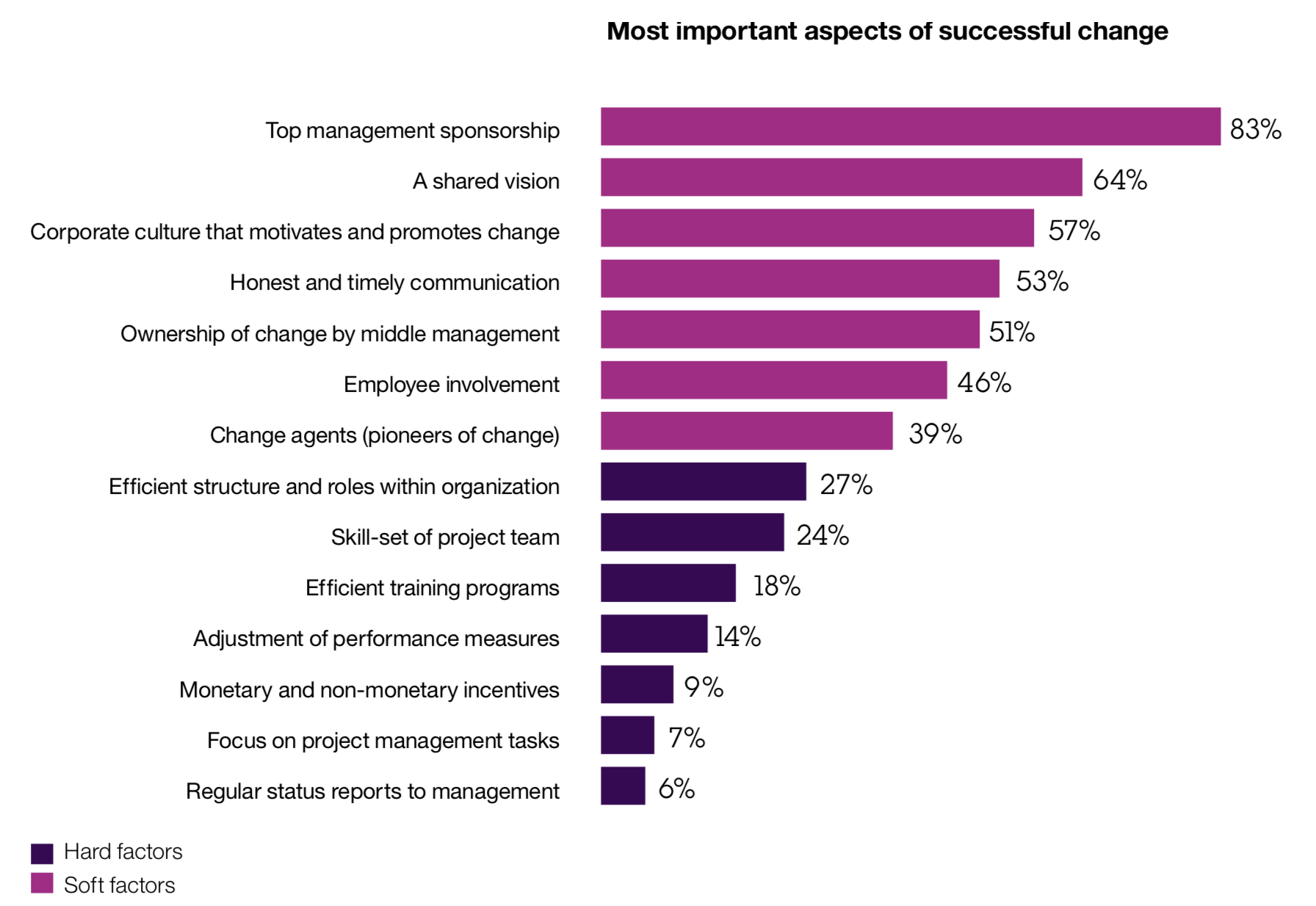 Även i andra länder där det istället heter Walpurgisnacht eller Saint Walburga’s Eve hittar vi dessa problem. Två internationella undersökningar visar att nyckelfaktorerna för framgångsrik förändringsledning inte skiljer sig åt mycket eftersom det är samma utmaningar vi alla behöver hantera.
Även i andra länder där det istället heter Walpurgisnacht eller Saint Walburga’s Eve hittar vi dessa problem. Två internationella undersökningar visar att nyckelfaktorerna för framgångsrik förändringsledning inte skiljer sig åt mycket eftersom det är samma utmaningar vi alla behöver hantera. 